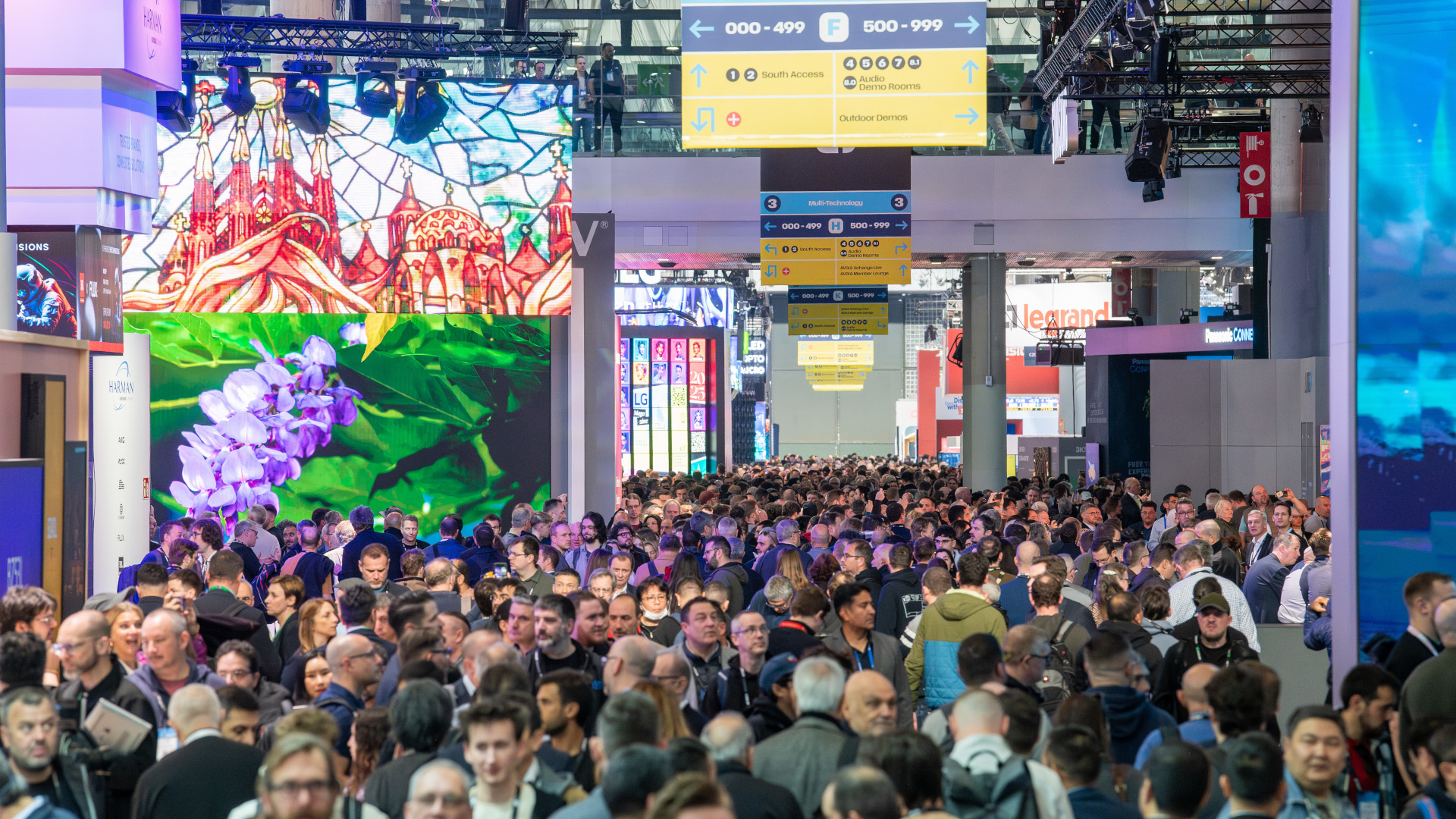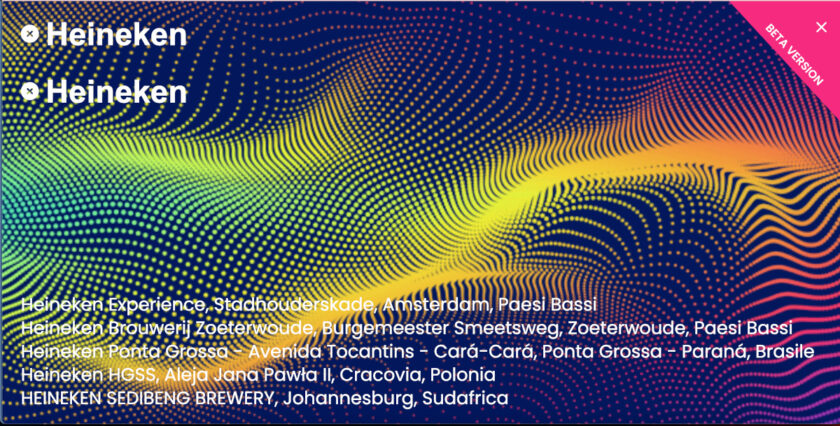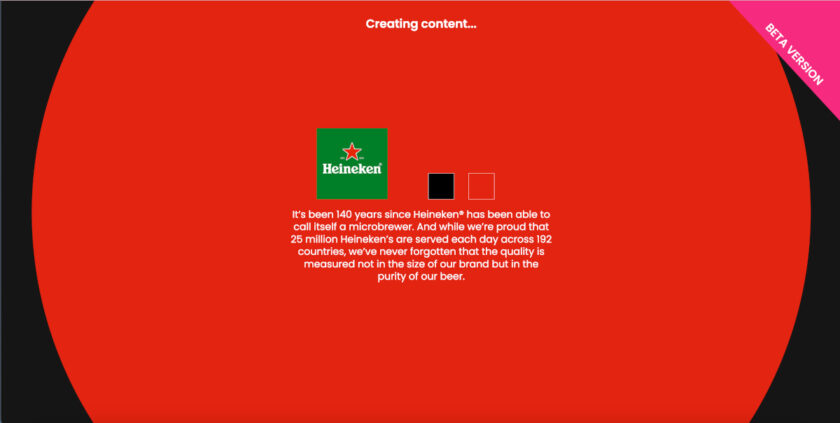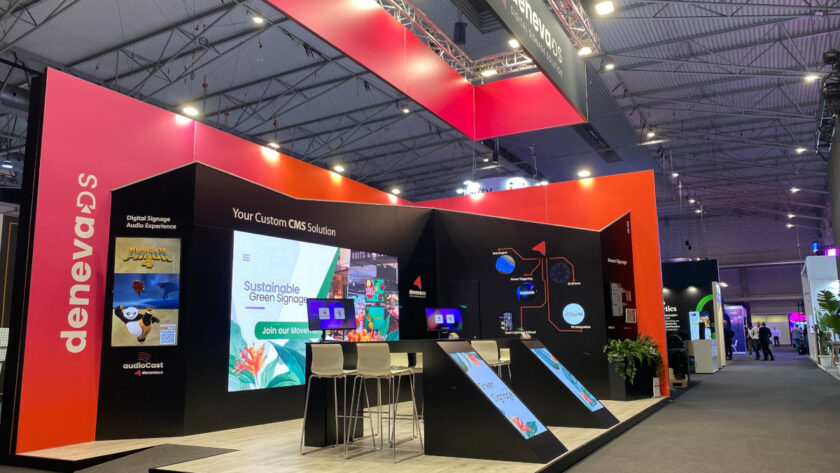What new AI applications are emerging? Who are the up-and-coming specialists? Which market strategies are leading the way? We took a closer look at the signage software providers at ISE 2025 and identified some key trends.

Signage Software: The Big Trends at ISE
Never before have we seen so many signage software companies at ISE. And software has never played such a central role at the booths of hardware providers. This highights a trend we’ve been noticing for some time: Software is becoming a larger part of the digital signage ecosystem. Established companies are now facing competition from newer, dynamic providers who are bringing fresh ideas to the industry. At the same time, some major players, like Scala, chose to withdraw from the trade show.
Two main software streams
Exhibitors of digital signage software can be broadly categorized into two main groups: those focusing on corporate environments and all other providers. The corporate specialists are evolving from simple communication platforms for the workplace to comprehensive “workspace experience” platforms. These platforms cover all internal communication needs and offer integrations with collaboration tools like Microsoft Teams, as well as room and desk booking systems. Among the companies showcasing such platform concepts were Poppulo, Appspace, Screencloud, and Korbyt.

Platform instead of CMS: the new digital signage approach
Many of the newer exhibitors, one of those being Livesignage, no longer define themselves as traditional CMS systems, but as “enablers.” Their goal is to offer a flexible platform that works across all operating systems and can connect to various third-party applications via APIs. This approach is also seen in Samsung VXT and the Uniguest Hub, which consolidates all the various aquired specialist solutions onto one platform.
This modular approach is becoming more appealing as the industry starts to adopt Generative AI models. Although the concept of “prompting signage” — automatically generated content instead of manually created content — is still in development, the first functional examples were already displayed at ISE.
Livesignage, for example, showcased a solution that uses AI to automatically generate brand content based on images, colors, and information it retrieves from the website. Intuiface is taking a similar approach but focuses more on simlifying content creation rather than fully automating it. There are also solutions, like Navori, that integrate AI directly into the software core, rather than connecting to Large Language Models (LLMs).



API-first: The future of signage software
For such GenAI applications, an API-first architecture is crucial. No CMS provider has the resources to train their own LLMs but APIs allow for flexible connections to the existing ones, which can then be applied to specific digital signage uses.
APIs are also important for Remote Device Management (RDM). Many CMS systems offer basic RDM functions – some, like Telelogos, even provide a wider range of capabilities. However, most don’t cover more complex needs, such as automated troubleshooting (auto-healing) or remote operating system updates. Those require specialized solutions like SignageOS or ChromeOS.
Modularization as a winning strategy
We also see a growing modularization of digital signage software: both third-party providers and CMS providers themselves are introducing add-on services and expandable modules. More and more specialist providers in the software ecosystem, though not often seen at ISE, are contributing to this trend. One example is LDSK, which offers retail a media module for existing CMS systems.
New version of the invidis Software Compass
Our software comparison tool now covers 63 percent of digital signage solutions on the market. The team led by Marco Wassermann released an upgrade shortly before ISE. Go to the compass website to find out more.
Some companies have even completely revamped their software to align with this trend – one example is Brazilian provider Onsign, which has a strong presence in the American transportation and airport sector. Others, like Signagelive, have had a modular structure in their DNA from the beginning. Meanwhile, other established players continue to expand their core CMS to meet specific industry needs. Deneva, for instance, which has a large installed base in public transport, introduced an audiocast feature to enhance accessibility for visually impaired individuals.




From project business to SaaS sales
Another big shift in the digital signage software industry is moving from a project-based business model to a product-oriented SaaS approach. In a world where annual recurring revenue is becoming the nomber 1 currency, the number of licenses is what matters most. This shift is changing how providers market and develop their solutions.
These profound changes were all visible at ISE 2025: Software is becoming the driving force behind digital signage, and the future lies in platforms that can be flexibly expanded. To succeed in the long term, companies will need to adopt API-first architectures, modular systems, and automation through AI. ISE showed us that this trend will only continue to grow, giving companies that embrace these developments a clear competitive advantage.

